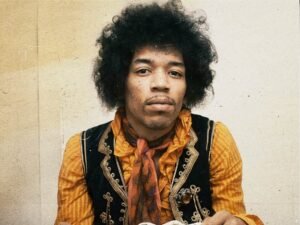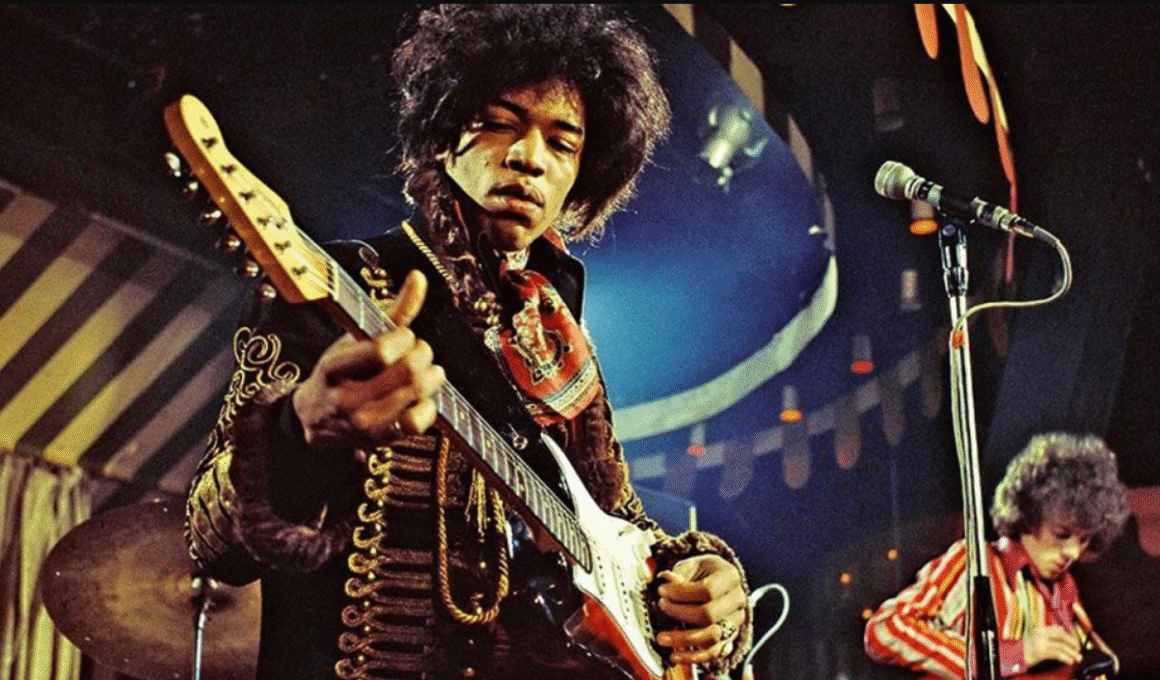Jimi Hendrix didn’t just play the guitar; he transformed our understanding of what the instrument could do. Bursting onto the scene in the late 1960s, he unleashed a sound that was utterly unprecedented. Famously, he played a right-handed Fender Stratocaster flipped upside down to accommodate his left-handed style. This unique setup, with its reversed string tension and pickup orientation, contributed significantly to his distinctive tone.

Here are some of his most revolutionary contributions:
Redefining Guitar Techniques
- Controlled Feedback: Hendrix didn’t shy away from feedback; he mastered it. He manipulated the distance between his guitar and amp to produce expressive, vocal-like wails, famously demonstrated during his iconic performance of “The Star-Spangled Banner” at Woodstock.
- Wah-Wah Pedal Mastery: He elevated the wah-wah pedal from a simple effect to a powerful storytelling device. Tracks like “Voodoo Child (Slight Return)” perfectly illustrate how he used it to sculpt emotion and phrasing within his music.
- Soulful String Bending & Vibrato: Hendrix’s string bends transcended mere technicality; they were deeply soulful. He could make a single note sing, cry, or scream, imbuing his solos with a raw, human voice.
Innovating Musical Structure and Gear
- Rhythm & Lead Fusion: In songs such as “Little Wing,” Hendrix blurred the traditional lines between rhythm and lead guitar. He seamlessly wove chords and melodies together, creating an almost orchestral sonic tapestry.
- Amp & Pedal Experimentation: He was a true sonic pioneer, collaborating with engineers to push his gear beyond its intended limits. He famously blew speakers, stacked fuzz pedals, and even played a role in developing the Octavia pedal for its unique octave-doubling effects.
Hendrix wasn’t just performing music; he was painting with sound. His fearless experimentation shattered conventions and opened up entirely new sonic frontiers for generations of guitarists who followed.






